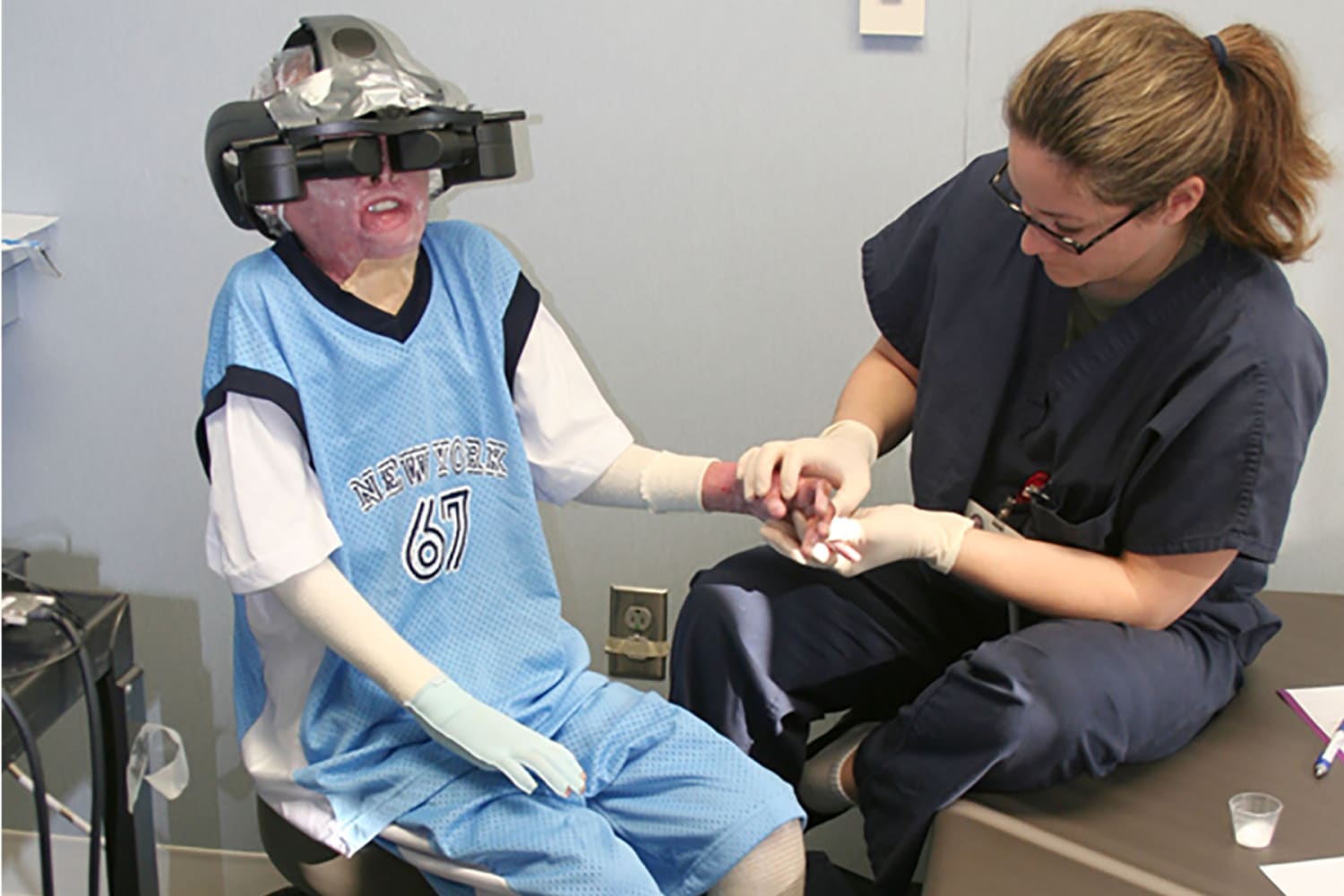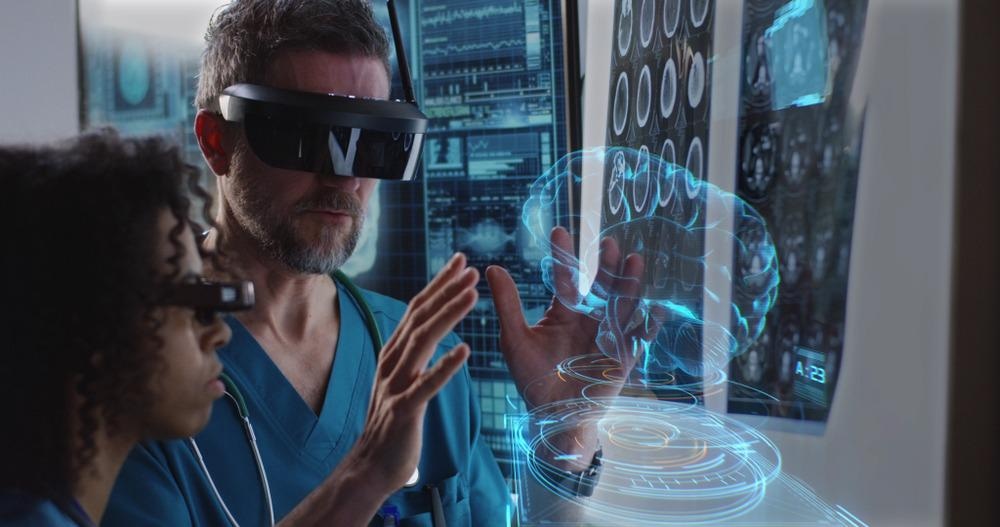Virtual Reality is a concept which is growing by leaps and bounds and it’s definitely here to stay because it is surely the future of medicine and the healthcare industry. VR has numerous applications which can be utilized both by caregivers and patients – thus it’s really a win-win situation.
Using virtual reality technology, a brand new world is rendered in real-time in front of the human eye, blocking the connection between the natural world and the device, and all of the information is fake and fictional. Augmented reality technology uses holographic images to enhance the visual presentation method when the human eye is connected to the real world. It is a combination of physical and virtual.

VR can easily be used for training healthcare personnel to heal patients, give them minimal scarring and heal them more efficiently because these technological advancements have the capability of saving millions of lives. VR can be used in multiple nooks and crannies of this sector – be it skills training in the robotic labs for surgeries or surgery stimulation or even pain management.
VR essentially tricks the human mind to think of an alternate reality as their actual reality which triggers a faster healing process because the stress of complications doesn’t loom over in this reality. This also can be used to increase a patient’s pain endurance because it’s all in an ‘alternate reality.

VR is very flexible and that’s precisely why it’s so sought after and favourable in the healthcare industry. It can be twisted, turned and moulded into one’s own ways – which in turn makes it effective for diverse medical niches.
Virtual Reality possesses power one cannot fathom. It has the potential to improve the condition of patients who suffer from chronic diagnoses like – autism, chronic body pain etc and can be readily utilized in psychology, medicine, neurology, improvement of cognitive and motor skills, mental and physical therapy and so much more.

The growing concept of Virtual Reality (VR) can be utilized in the healthcare industry in the following ways:
- Medical Education – For teaching students, universities have been taking the help of VR for a long time now by mashing 3-D content and 360-degree videos which provide premium quality material for medical students. This in turn helps students to get on hands experience with the human body rather than getting a glimpse of it without the stress of harming a patient in an unknown way. This can also be used to increase skills.
- Diagnostic – VR is very flexible and promotes and executes a pain-free experience that yields accuracy and 3D model results like no other, which makes it easier for doctors to diagnose patients.
- Mental Imbalance –VR can be helpful for patients who suffer from anxiety and panic attacks because VR can create a calm and relaxed environment to calm down patients and makes it easier for them. It comes with adaptable and low-risk solutions to several mental illnesses at a comparatively low cost. The days of sending patients to ‘healing zones’ are long gone, now they have access to anywhere their heart desires, through VR at a lower cost.

- Pain Management – VR can effectively distract patients they can treat panful accident wounds or give a push towards a speedy recovery after painful surgeries or wound recovery. The part of the brain which is responsible for the pain scale gets distracted for a while which reduces the sensation of pain significantly. This is a great drug-free alternative with no side effects.
Case studies show that patients who have survived a stroke or a traumatic neurological injury and have lost their ability to perform certain activities (partial paralysis) have had their condition improve tenfolds via Virtual Reality. VR with its improved rehabilitation has pushed patients towards are more normal life with its gamified approach towards physical therapy, they are reality-based games which exercise the compromised area of the body and treat it via VR.
Two of the World’s leading rehabilitation centres housed in India which deal with Cancer and Stroke rehabilitation are namely- Indian Spinal Cord Injury Center (ISCIC), AIIMS & Laday Harding Hospital; which are planning on incorporating Virtual Reality in their procedures and systems. Virtual Reality is definitely the future of the medicine & healthcare industry which has the potential to take us to great heights.
For more such updates, keep reading techinnews



